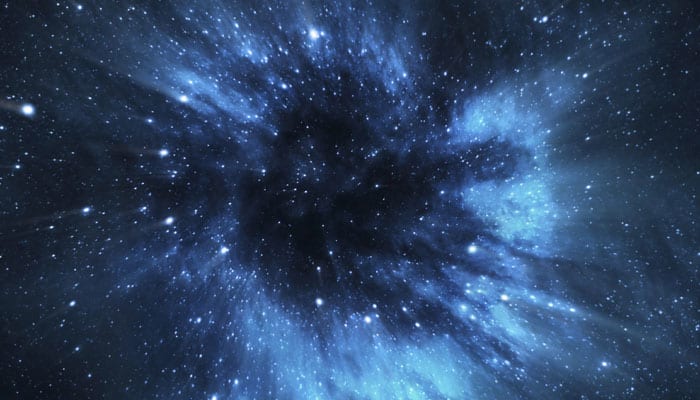Washington: Astronomers have recently detected a "perfect storm" turbulence that was crushing star formation around a supermassive Black Hole by using the Atacama Large Millimeter/submillimeter Array (ALMA).
By observing the dust and gas at the center of NGC 1266, a nearby lenticular galaxy with a relatively modest central black hole, the astronomers found that that black holes don't have to be nearly so powerful to shut down star formation and high-energy jets powered by supermassive black holes can blast away a galaxy's star-forming fuel, resulting in so-called "red and dead" galaxies: those brimming with ancient red stars yet containing little or no hydrogen gas to create new ones.
This dense region, which may be the result of a recent merger with another smaller galaxy, blocks nearly 98 percent of material propelled by the jets from escaping the galactic center.
The region observed by ALMA contains about 400 million times the mass of our Sun in star-forming gas, which was 100 times more than was found in giant star-forming molecular clouds in our own Milky Way. Normally, gas this concentrated should be producing stars at a rate at least 50 times faster than the astronomers observe in this galaxy.
With ALMA's exquisite sensitivity and resolution, and along with observations from CARMA (the Combined Array for Research in Millimeter-wave Astronomy), the astronomers were then able to trace the location of the very dense molecular gas at the galactic center. They found that the gas was surrounding this compact source of far-infrared light.
Under normal conditions, gas this dense would be forming stars at a very high rate. The dust embedded within this gas would then be heated by young stars and seen as a bright and extended source of infrared light. The small size and faintness of the infrared source in this galaxy suggests that NGC 1266 was instead choking on its own fuel, seemingly in defiance of the rules of star formation.
The astronomers also speculated that there was a feedback mechanism at work in this region. Eventually, the black hole will calm down and the turbulence will subside so star formation can begin anew. With this renewed star formation, however, comes greater motion in the dense gas, which then falls in on the black hole and reestablishes the jets, shutting down star formation once again.
















